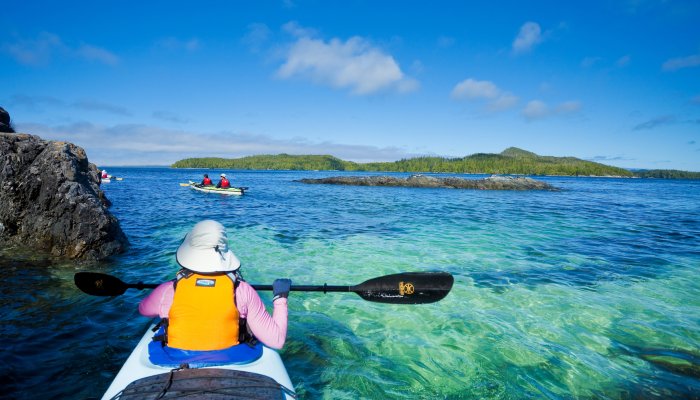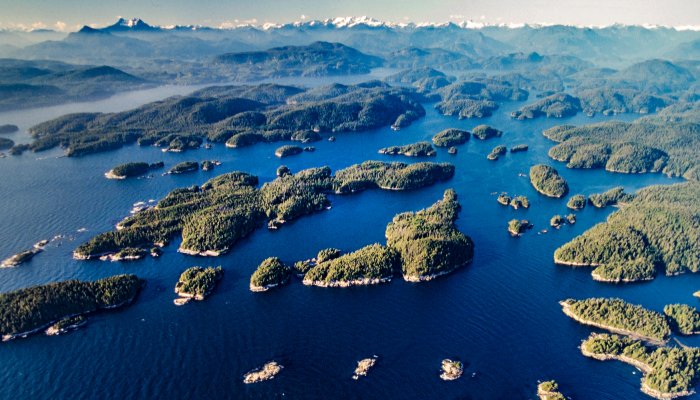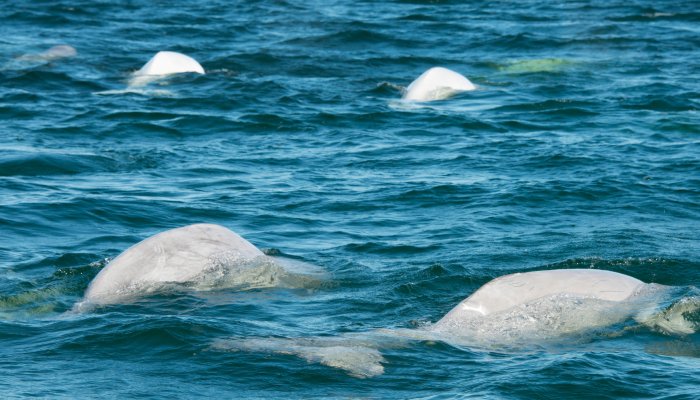How to Pack for a Cold Water Sea Kayaking Trip
As the cooling temperatures of fall get you thinking about escaping south for the winter, don’t forget that there are incredible adventures to be had in your backyard. Winter is a magical time to be out on the water but the cold water temperatures keep many paddlers at bay.
In our experience, cool water kayaking is all about having the right gear, ensuring you stay warm throughout the trip. The rewards? Blissfully uncrowded waters and natural spectacles that include snow-covered mountains and the Northern Lights.
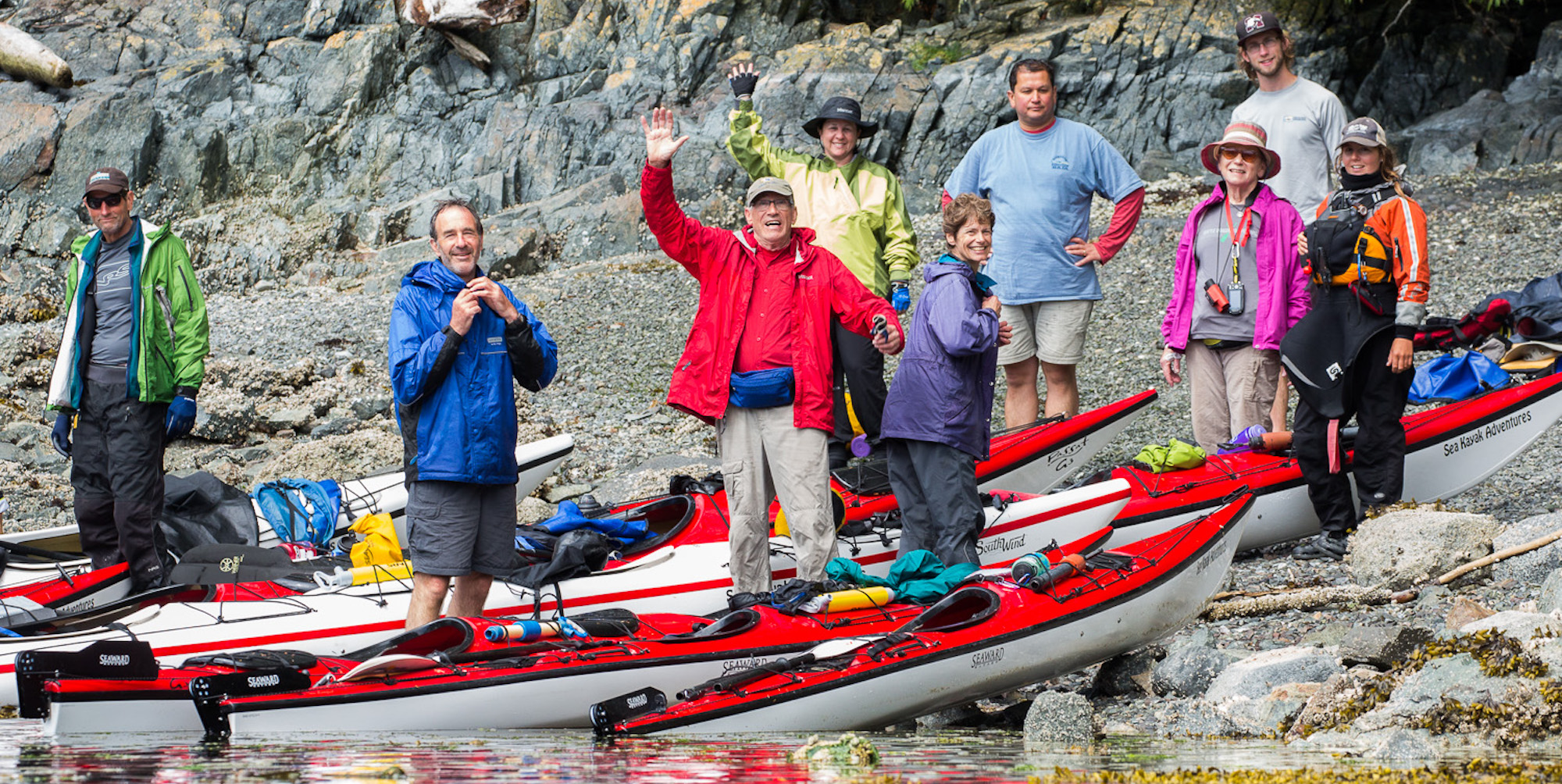
Layering is key
As with many outdoor activities, wearing layers is the simplest way to adjust your comfort levels as the outdoor temperatures change throughout the day. As you exert more energy and begin to sweat, you can strip off a layer or two, then add them back on once you’re at rest or the sun goes behind the clouds.
The most important thing to consider when choosing your layers is to avoid cotton fabrics as they will retain water once wet. For a base layer (the one against your body), look for a wicking fabric such as polypropylene that will draw moisture away from your skin as you sweat. Upper layers can be fleece or wool - any material that is non-absorbent if it gets wet. For your outer layer, you want something that will protect you against the elements, such as a waterproof and windproof jacket.
Opt for an immersion layer
Some kayakers like to wear a wetsuit during cold water trips, with these neoprene garments helping trap water against the skin. The body then heats this layer of water, keeping the wearer warm in the process. For it to work effectively, the wetsuit must be your base layer and it must fit snuggly around the body. You can layer clothes on top of the wetsuit but anything worn underneath (except underwear) will compromise its effectiveness.
Most kayakers opt for a full-length wetsuit with no sleeves, as it is less constrictive when paddling and won’t heat up quite so quickly in warm weather. If you opt to wear a wetsuit, it’s important to remember that it will not keep you dry once immersed in water and it doesn’t breathe or allow sweat to wick away from the body. It’s also best to purchase a wetsuit with a relief zipper so you don’t have to remove it entirely to go to the bathroom.
If you’re paddling in extremely cold temperatures, you may want to consider wearing a drysuit, which is designed to keep water out completely with wrist and neck seals. While they are incredibly warm and will keep you dry, they are restrictive for paddling and are probably overkill in most situations. Drysuits are also considerably more expensive than wetsuits and may not be worth the investment for a one-off cold-water kayaking trip.
Consider neoprene paddle layers
One alternative to a full-body wetsuit is neoprene paddle layers that can be added or taken off as the outside temperatures change. They offer more flexibility than a standard wetsuit and come in a whole range of thicknesses to suit your needs. Neoprene layers include full-length bottoms, as well as long and short-sleeved tops, not to mention jackets that can easily be unzipped when required.
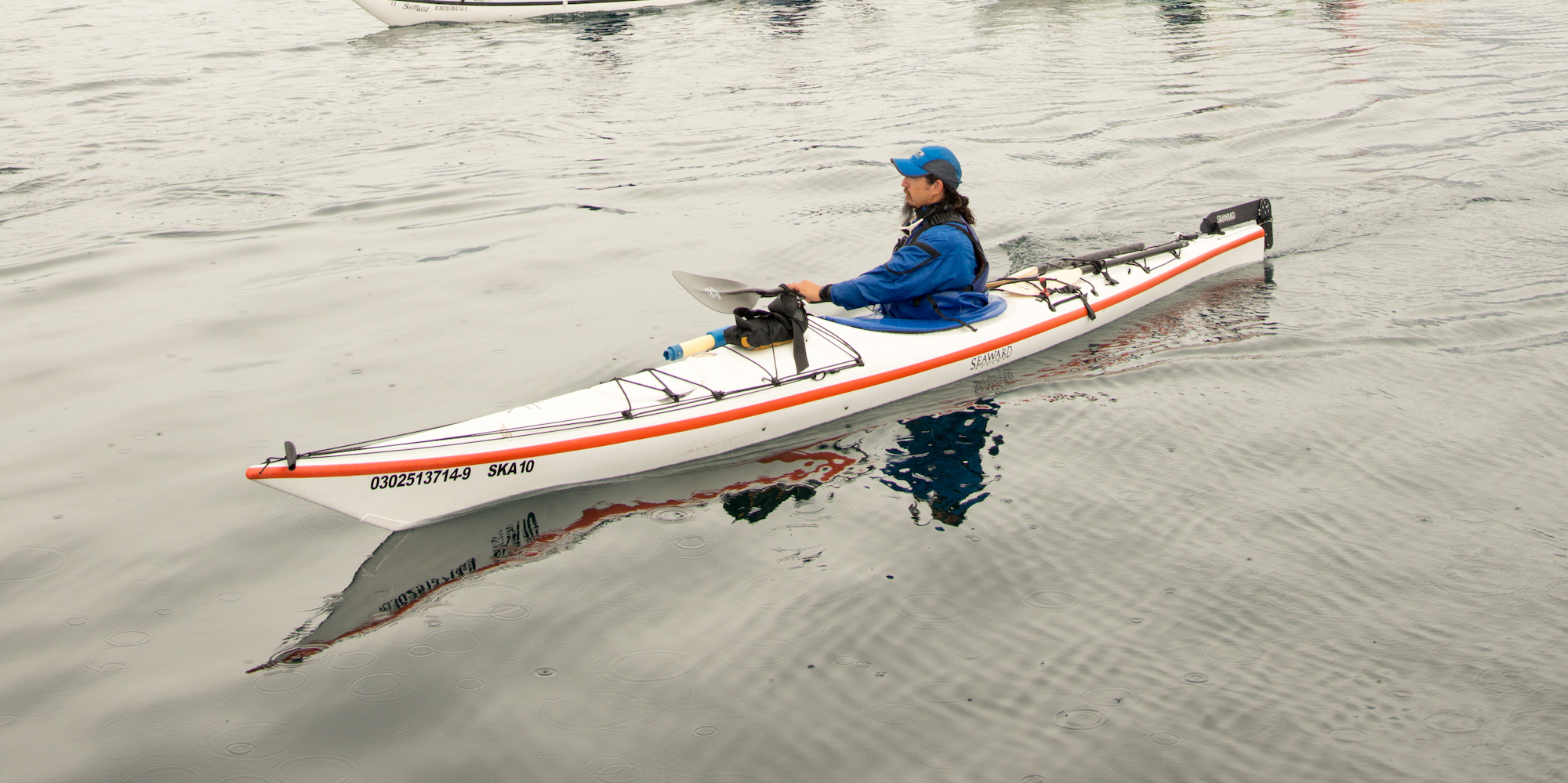
Invest in a dry top
While a standard rain jacket will offer some protection, a dry top offers so much more. They are designed with neck and wrist gaskets, plus an overskirt, making them a bit like the top half of a dry suit. Even if you roll, there is a good chance you will stay dry.
A dry top is usually less expensive compared to a dry suit and is more breathable due to the material they are made from. It is also much more comfortable when the temperatures begin to rise during the middle of the day. On the downside, a dry top won’t protect you if you wet-exit.
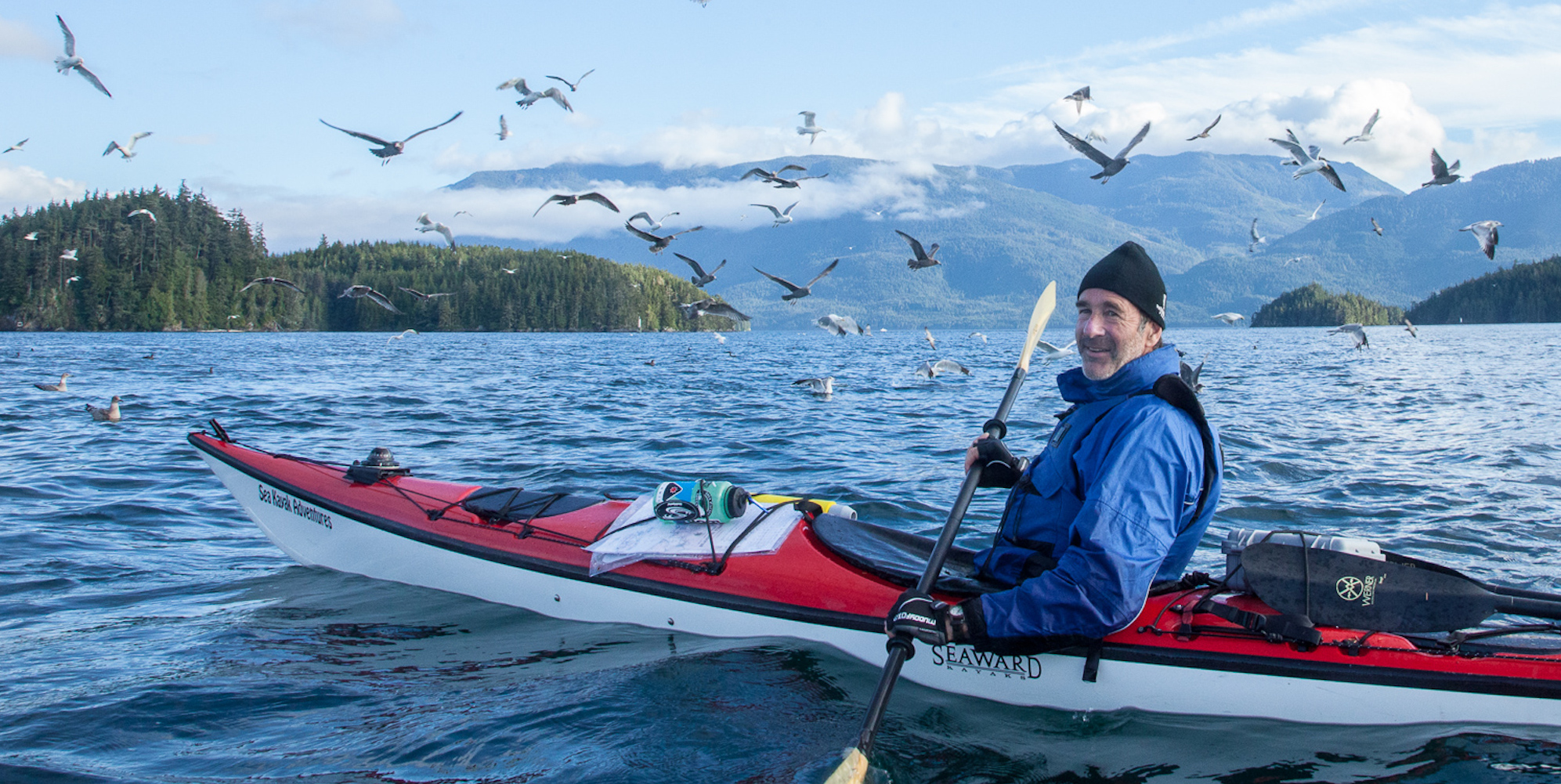
Don’t forget about headware
We lose a lot of heat through our heads, so keeping yours warm and protected when paddling is essential. Neoprene hoods are a go-to as they will keep your head warm, even during rainy conditions or when there is a lot of spray. A neoprene hood will also prevent cold water from flowing into your ears, something that has been known to cause vertigo and inhibit balance. Balaclava-style neoprene hoods will protect your neck while those with a small cap can prevent rain from running into your eyes.
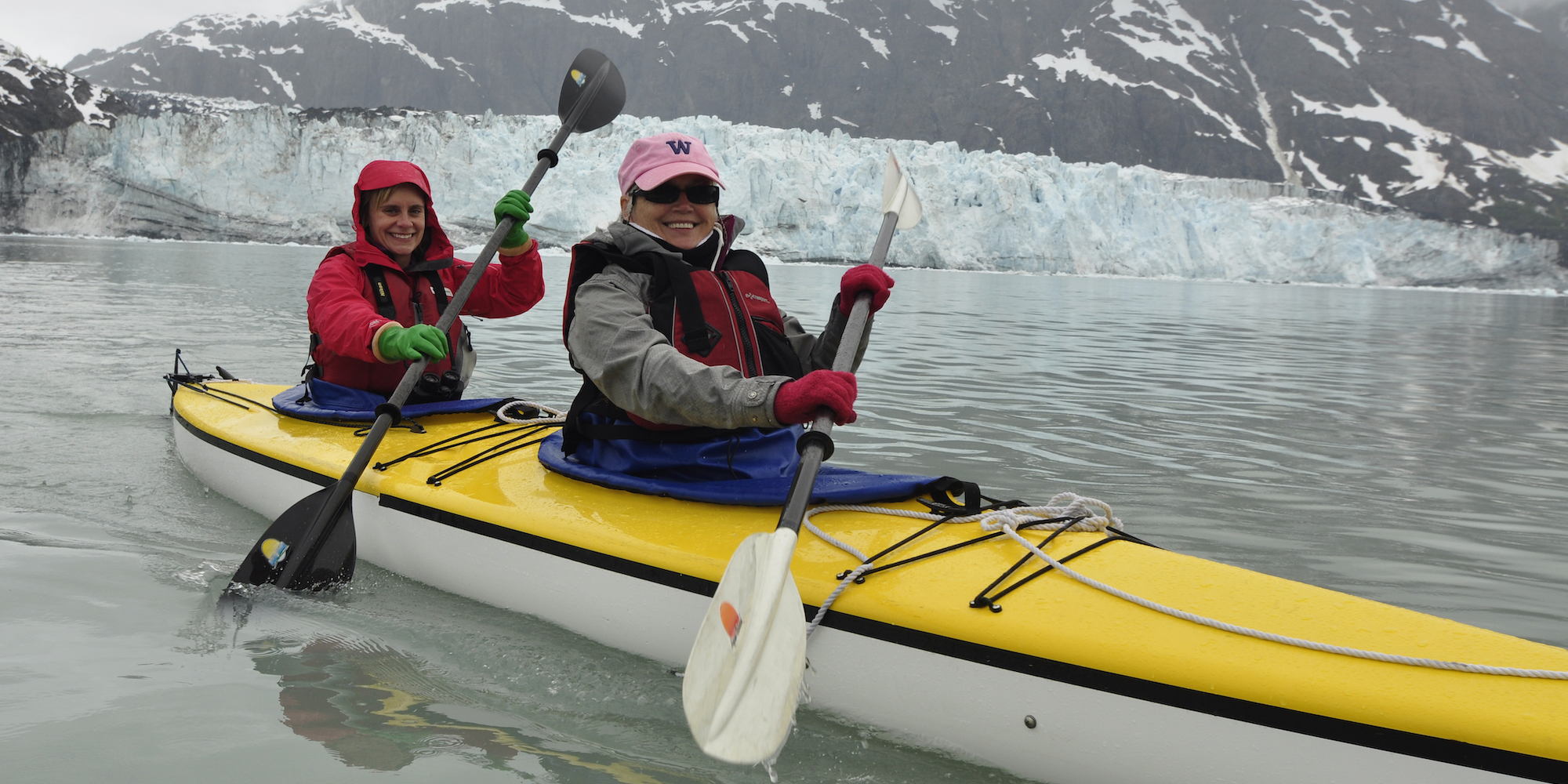
Keep your hands warm
When your hands are exposed to freezing cold water and the elements for extended periods of time, a pair of neoprene gloves can work wonders in keeping them warm. Maintaining hand function is incredibly important when paddling and once your fingers are numb from the cold, they will be ineffective at doing their job.
If your hands are going to stay relatively dry, a pair of warm gloves or mittens will do the job. The latter may affect your paddle stroke to some degree but they are preferred by some due to the extra warmth they offer.
Another option is pogies, which you attach to the shaft of your paddle and slip your hands inside. They allow direct contact between your hand and the paddle shaft so you have a greater sense of control while also blocking the wind and water.
Protect your feet
It’s hard to avoid getting your feet wet when paddling, so neoprene booties are the best option for keeping them warm. There is a huge variety of options on the market, including ones with thick rubber soils and grip so you can negotiate rocky terrain.
For cold water conditions, we recommend over-the-ankle booties as they are better at stopping water from filtering in, particularly when worn with a long-legged wetsuit. Look for at least 5mm booties to ensure the warmest feet possible!
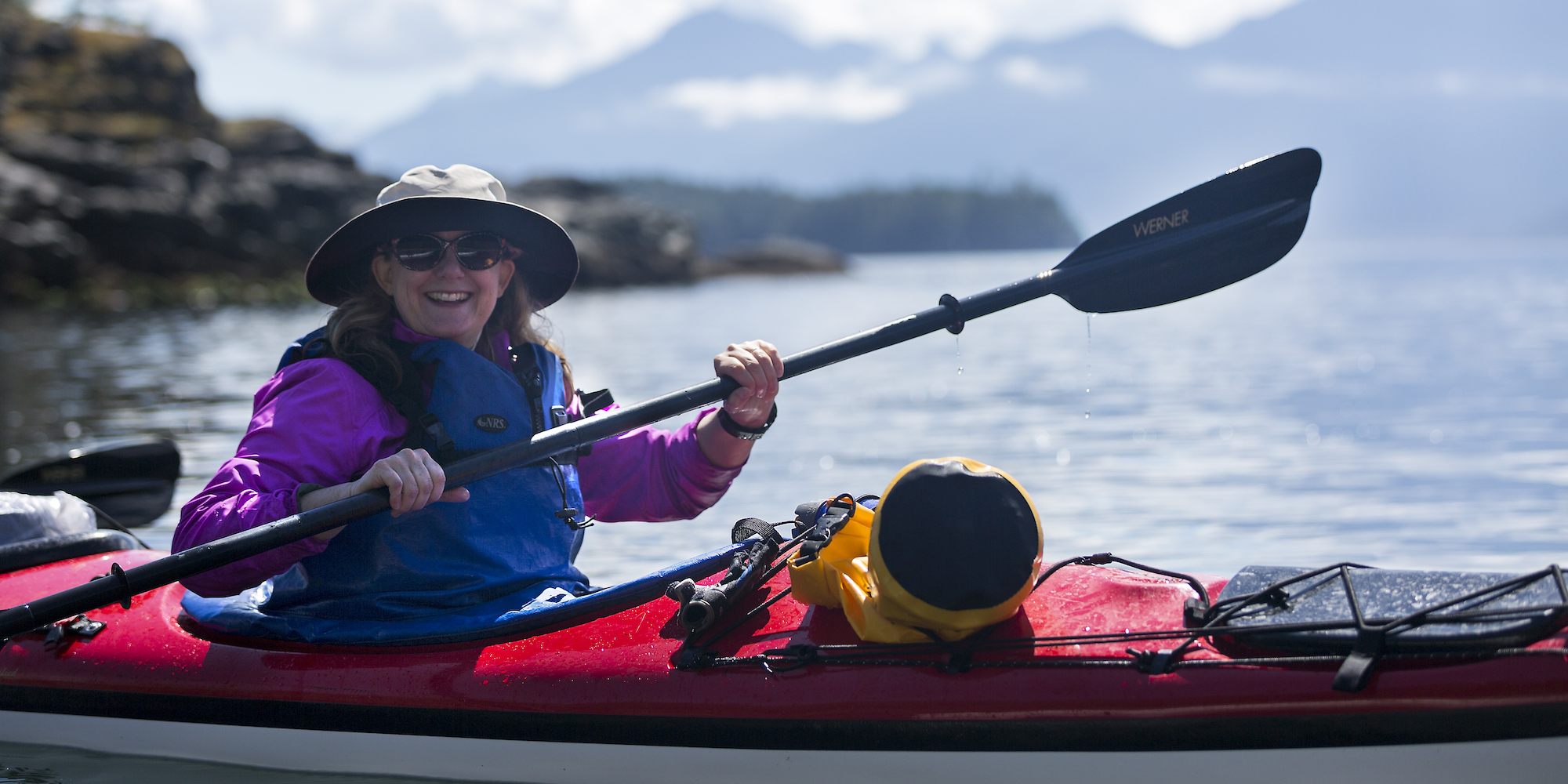
Bonus - Paddle drip rings
If you’re an avid paddler, it’s likely that you’ll know about drip rings or even have them installed on your paddle. These rubber rings are attached to either end of the paddle to prevent water from running down the shaft and ending up in your lap as you stroke. While some kayakers love them, others don’t see the need as you are likely to get wet from spray anyway.
If you are using paddle rings, always check that they are still intact before heading out in the winter season. During the summer months, it’s easy for them to get cracked and deteriorate. That being said, they are inexpensive and easy to replace when the time comes.
Embrace cold water therapy
With so much great cold water paddling gear on the market, the chilly temperatures shouldn’t stop you from getting out there to explore. Destinations such as Alaska, British Columbia, and Patagonia all offer exceptional kayaking experience to add to your bucket list, with the presence of icebergs and glaciers only adding to their appeal.
Sea Kayak Adventures is here to help you plan your next cold water paddling trip or invest in the right gear to head out on your own.

